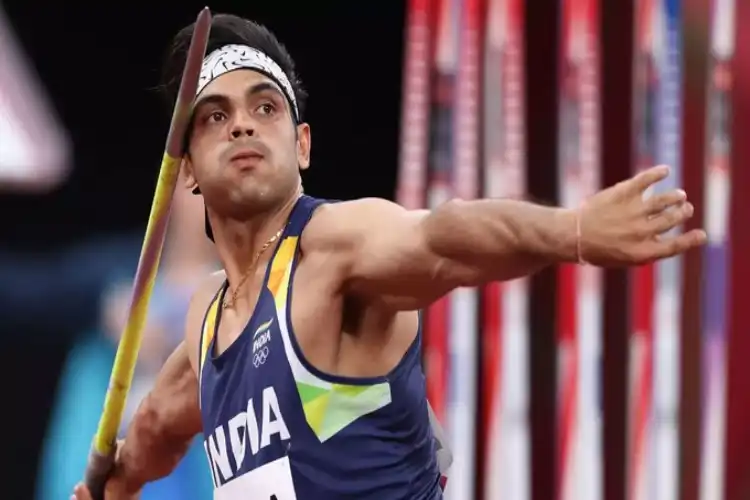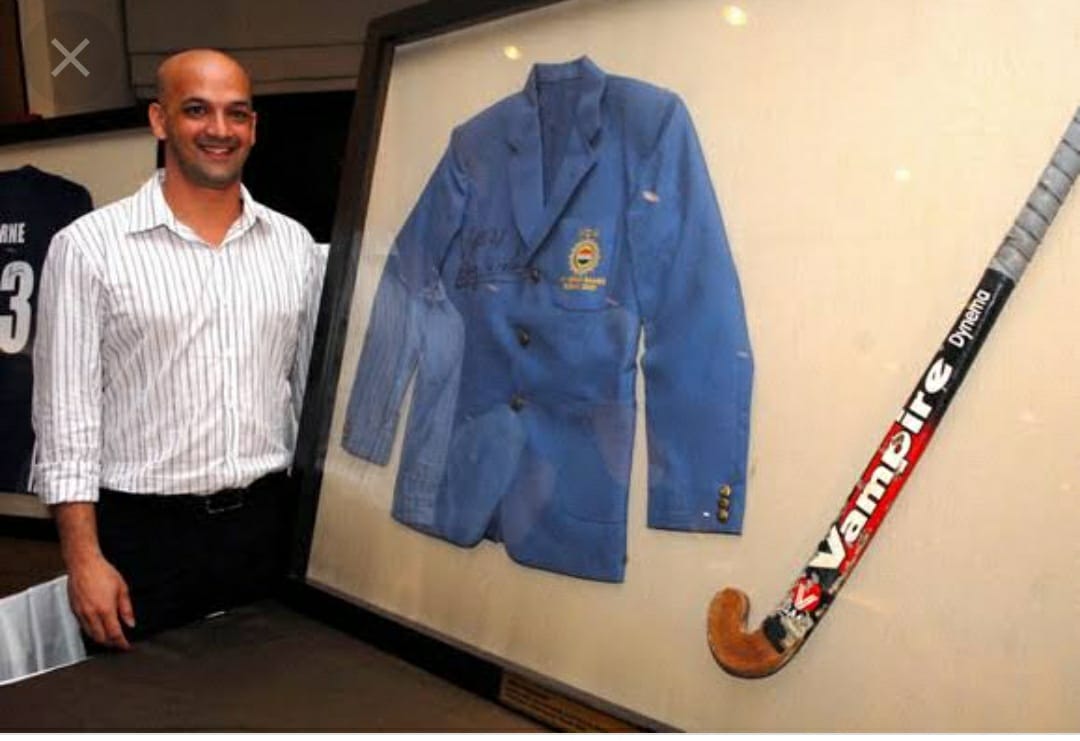Neeraj Chopra, the golden boy who cheered the nation of one billion plus with his Olympic victory (Twitter)
Nakul Shivani/New Delhi
China with its 1.4 billion people bagged 88 medals including 38 Gold from Tokyo 2020 Olympics while, India, on the other hand only second to China in the population index managed just 7 medals.
India’s poor record at the Olympics is a well-documented fact. Except for the initial burst in Hockey, India sent its athletes to the Olympics to primarily give them ‘exposure’.
It took 52 years after KD Jadhav’s Bronze medal in wrestling at the Helsinki games in 1952 to produce another individual medalist.
When in the 2004 Athens olympics Rajyavardhan Rathore shot his way to Silver in the Double Trap event, a glass ceiling had been broken. Four years later Abhinav Bindra came back with a Gold Medal in the 10-meter Air Rifle Event and in Tokyo 2020, Neeraj Chopra threw his javelin to raise the hopes of a billion plus people.
Indian Hockey Captain Balbir Singh at the 1956 Melbourne Olympics podium
A question that often comes up in the minds of sports enthusiasts is why India with an equally large pool of human resources can’t emulate China's success story in the field of sports.
On World Population Day the UN released a report projecting India’s population to surpass that of China’s by 2023.
While many may view this projection with a sense of worry, there also lies hope and optimism.
Former Hockey Olympian Viren Rasquinha
Can India tap this into an advantage and march towards becoming a truly global power in sports?
“Yes”, says veteran sports journalist V Krishnaswamy. “A big base means a larger pool of resources. India has a large young talent that is waiting to be tapped”, he added.
But are numbers enough or do we need to do much more?
According to former Olympian, Hakimuddin Habibulla the key to success is providing good quality to the quantity. Hakimuddin who represented India at the 2000 Sydney Olympics in swimming is currently working on creating awareness and providing high-quality aquatic infrastructure in the country. “High-quality community and training infrastructure can help attract talent to take up sport and take it up for life. Having plenty of events throughout the year at various levels is crucial towards creating opportunities for talent to become visible and develop”, he says.
A view echoed by former Indian Hockey team captain, Viren Rasquinha. “There are various critical factors apart from the population. We need to provide availability of sports infrastructure and throw open stadiums to kids. Most critically train good physical education teachers to teach kids at a young age.”
Will the large pool of human resources help us become a China is the world of sports?
Former Olympian Hakimuddin Habibulla
“We will need to do much more than just depend on the larger human pool”, says Viren.
On the China model, he says “In every village and district in China there are excellent academies. Kids from a very young age are taught the right training methods. As you move to larger cities you have bigger academies. What this has done is give China a large base of athletes to work with.”
Hakimuddin adds, “As human and financial resources are always a challenge, one way is for states to adopt a sport and then focus its resources to develop Centres of Excellence with the best human resources, infrastructure, and events towards winning an Olympic Gold. What Odisha has done for Hockey can be emulated for other sports including aquatic sports which has the maximum medals waiting to be won.”
Sports need young people to excel. Most sportspersons are past their best by the time they reach their mid-thirties. The key is to tap them young with high-quality infrastructure and training.
“We must create a sporting culture,” says Krishnaswamy. “Sporting culture must come from the community. It starts from your family, your school, and the community,” adds Viren.
As India gears up to leave China behind in numbers, it is time to seize the moment.

.webp)

.jpeg)
